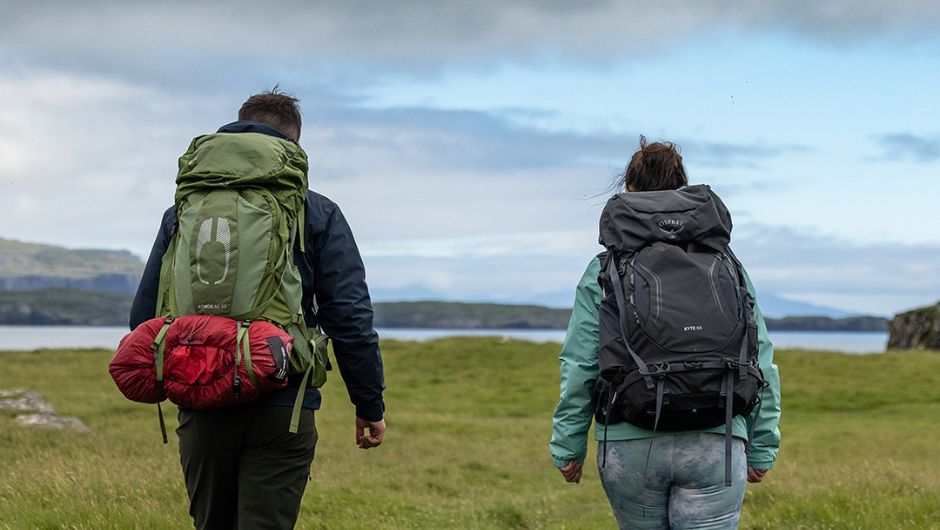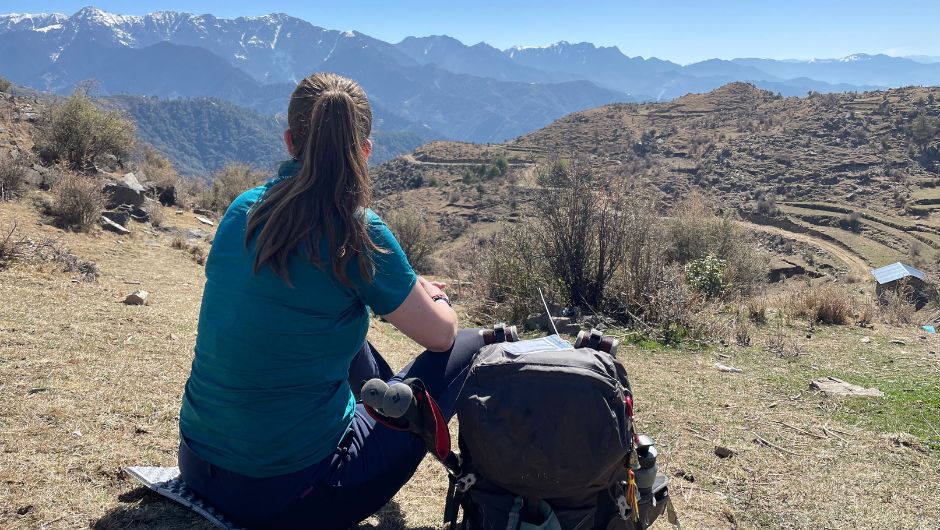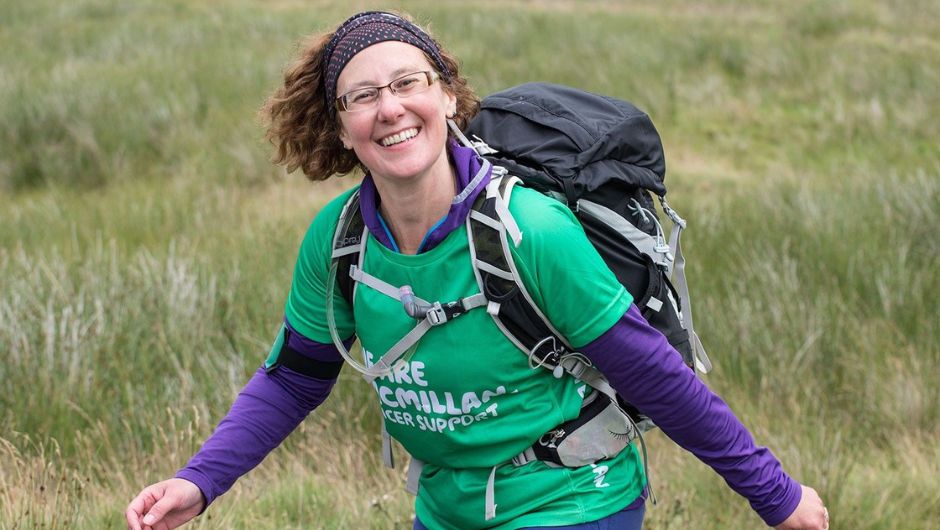Whether you’re heading out on a UK challenge or trekking across overseas terrain, packing your daypack right can make all the difference. You’ll be carrying it for hours each day, often in unpredictable weather and varying terrain – so comfort, accessibility and preparation are key. We’ve gathered tried-and-tested tips from our Charity Challenge team to help you pack smarter, travel lighter and feel more confident on our challenges.

1. Choosing the right day pack
Your daypack will be your constant companion on the challenge, so choosing the right one is key to staying comfortable, hydrated and organised. As you will be carrying your pack (on average) for 6-8 hours a day for multiple days, it’s worth having the most comfortable pack you can get! We typically recommend a 25-33 litre bag for our challenges to ensure you can comfortably carry the essentials for a day out. From fit to features, here’s what our team recommends before you buy…
Top Tips:
- When buying a day pack, I highly recommend that you go in to a store and physically try them on, to get the right shape and size pack to suit your body. Some day packs are available in men and women’s sizing so you should try them on before you buy. Having the waist and chest straps at the correct height will make a massive difference to your comfort on the challenge. – Simon Albert, Charity Challenge Co-Founder and Director
- Consider easy access to water! Check if your chosen daypack has easy reach pockets on the side for a water bottle. If not, ensure there’s space for a water bladder within the pack as staying hydrated throughout your challenge is vital! Easy access decreases the need to stop to take a drink, making for a smoother trekking experience. – Hayley Gilling, Business Support Administrator

2. Essential items to carry
Once you’ve chosen the right daypack, it’s time to think about what goes inside it. Using all the information provided in your Participant Account Area, really consider your trekking days, including the climate and terrain and what challenges they’ll bring. Carry only what you need to help keep your pack a comfortable weight whilst still making sure you’re prepared for the unexpected (spare items are always handy!). Above all, we highly recommend checking your challenge’s specific Kit List thoroughly (a handy PDF is available to download from your Participant Account Area after you book).
Top Tips:
- Be prepared to carry: a minimum of 2 litres of water, your lunch, a variety of layers because sadly it is not always sunny, a waterproof jacket, trousers and bag cover (for wind and rain), a battery pack if you plan to take lots of photos, a personal first aid kit, walking poles and your favourite snacks. I once made the mistake of carry lots of healthy snacks on a mountain when what I really needed was an energy boost from my favourite jellies! My cold weather essentials – handwarmers, waterproof gloves, a buff and a woolly hat. My hot weather essentials – sunhat, buff, sun cream and SPF lip balm. – Jenn Payne, Head of Sales & Marketing
- For overseas challenges, keep your passport with you at all times in a waterproof pouch! Your phone and a print out of the ‘Emergency Contacts’ list should also be kept waterproofed and in your daypack to be on the safe side. – Katherine Tory, Head of Operations

3. How to pack smartly
When you’re carrying everything you need for hours each day, every gram counts. Packing smartly isn’t just about saving space – it’s about reducing fatigue and making your essentials easy to access on the go. From decanting liquids to balancing the weight of your gear and knowing what to keep within arm’s reach, here are some tips to help you stay light, efficient and comfortable throughout your challenge…
Top Tips
- Depending on how long each item needs to last, decanting things where possible will help reduce load. My favourite trick is to buy a refillable SPF roller. You can carry a smaller volume of sun cream, whilst also keeping your hands free of greasy residue when you top up your all important UV protection on the go! – Laura O’Connor, Marketing Assistant
- As well as water, consider what else you’ll want easy, on the go access to. Tissues, a pack of sweets and some plasters are good to have on hand in your day packs outer pockets. – Rosie Graham, Office Administrator
- Water bladders are a great way to carry your water for the day, however, I always recommend you also carry an extra bottle to use with your electrolytes. It’s very hard to clean flavoured drinks out of your water bladder! Plus, it acts as a backup bottles in case your bladder bursts. – Jenn Payne, Head of Sales & Marketing

With the right kit, smart packing and a few thoughtful extras, you’ll be well-prepared to focus on what really matters – enjoying the challenge and making every step count. Happy trekking!






No Comments